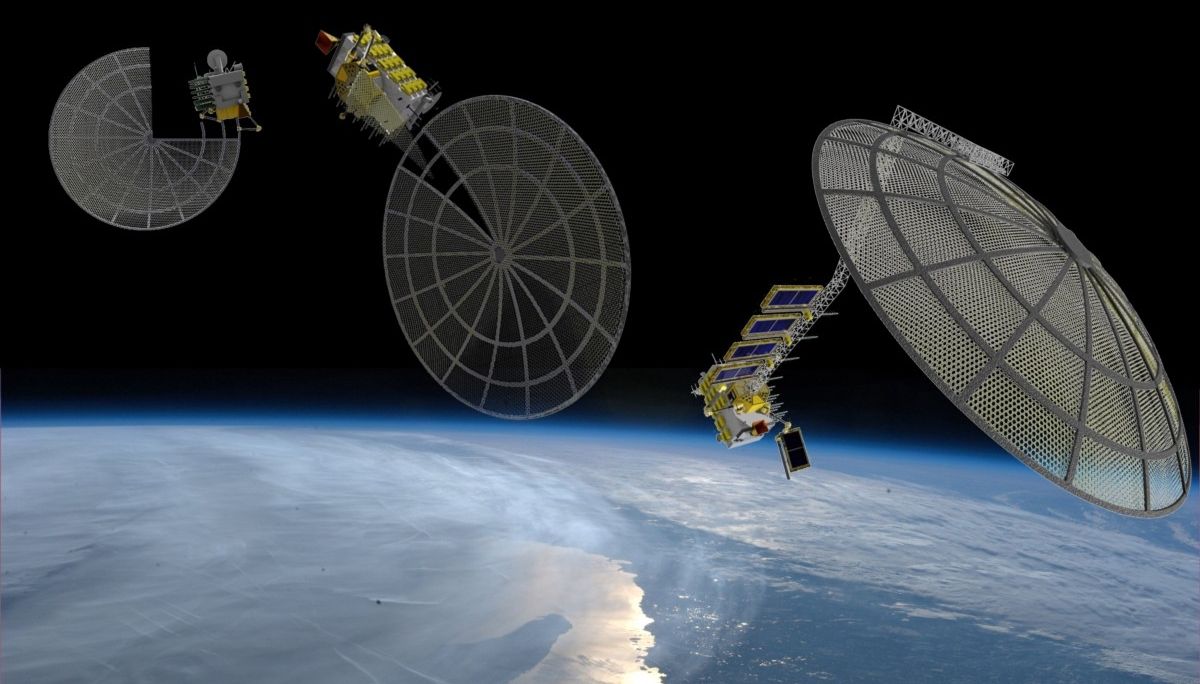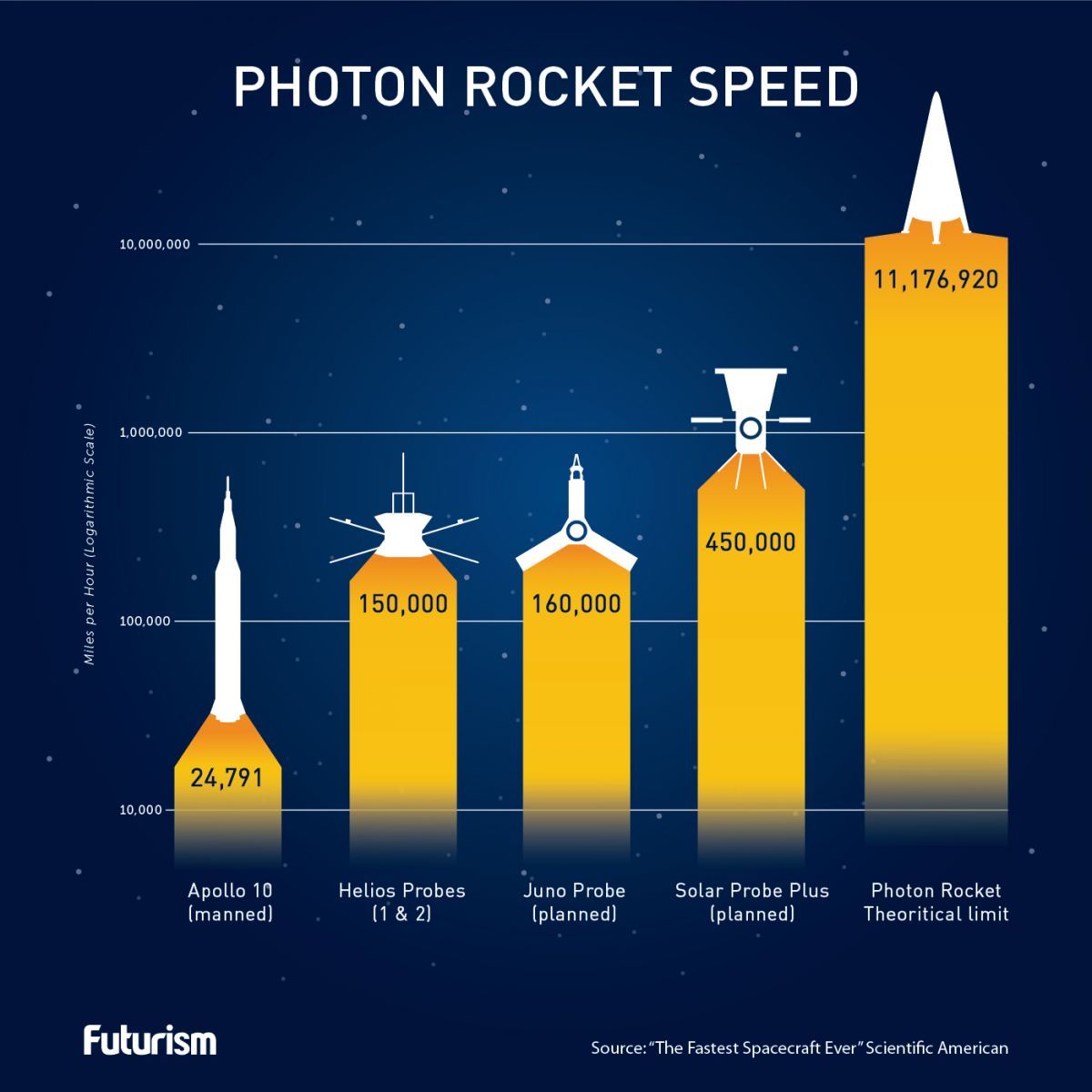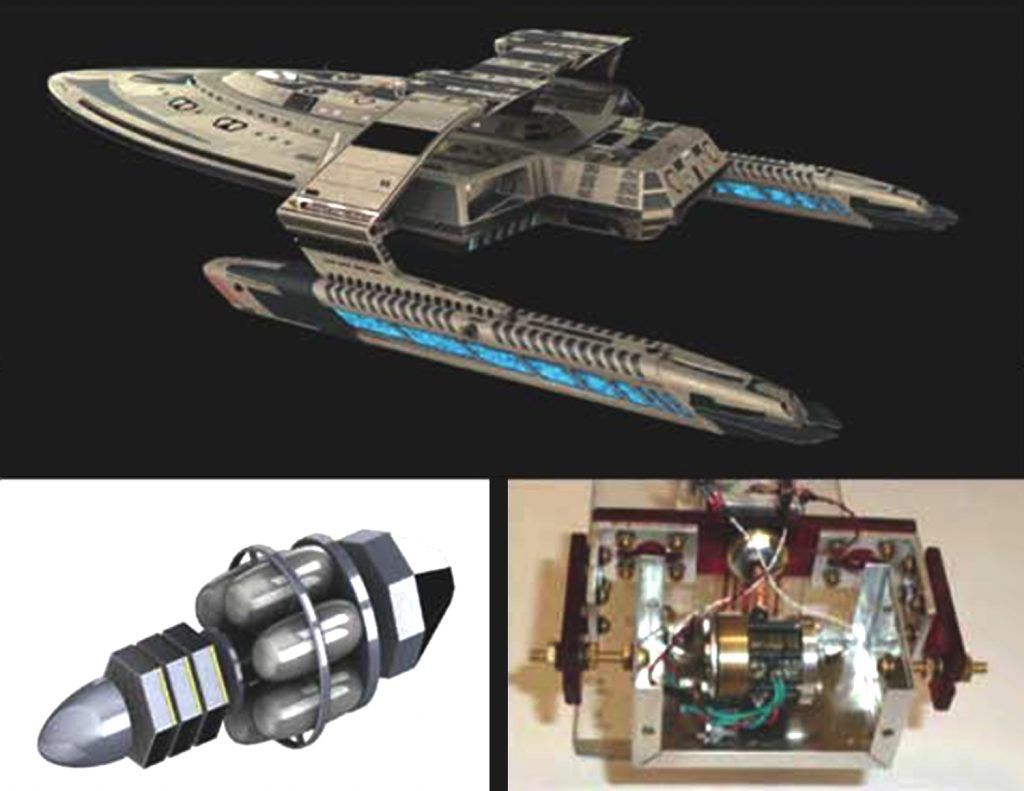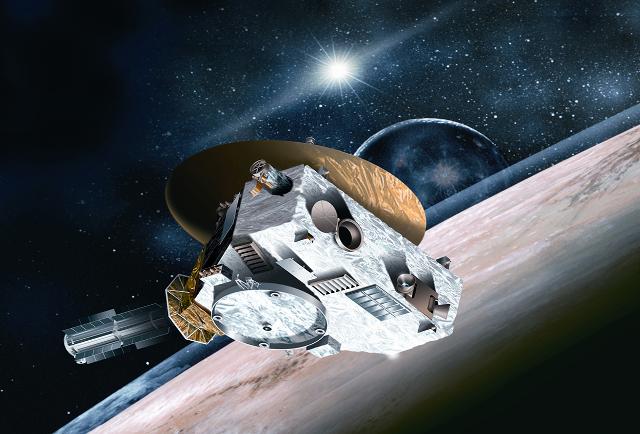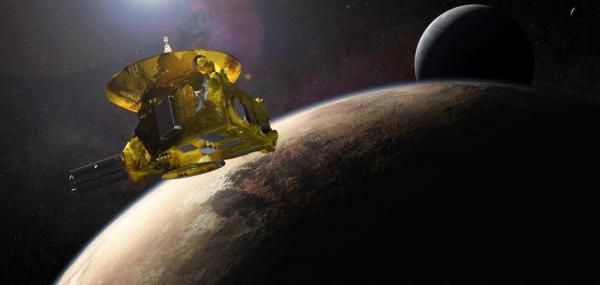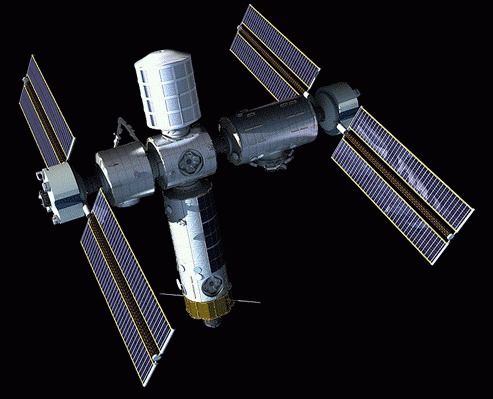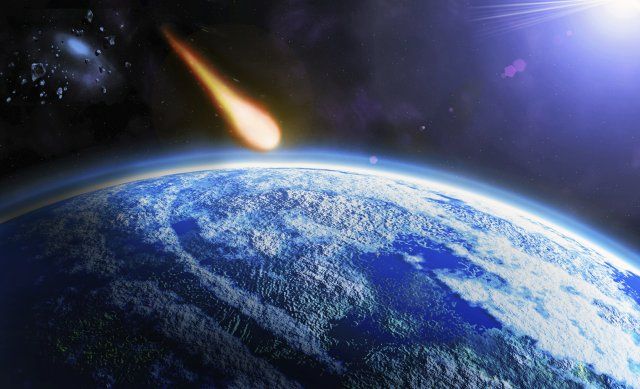Chinese engineers rolled out a Long March 7 rocket to a seaside launch complex on Hainan Island in the South China Sea on Monday, aiming to fire a robotic refueling freighter into orbit as soon as Thursday to test technology for China’s future space station.
The Tianzhou 1 spacecraft mounted on top of the 174-foot-tall (53-meter) Long March 7 launcher will dock with the Tiangong 2 space lab around two days after liftoff, the first of three linkups planned during the cargo carrier’s mission.
Chinese officials said the automated mission is due to launch some time between Thursday and next Monday.

